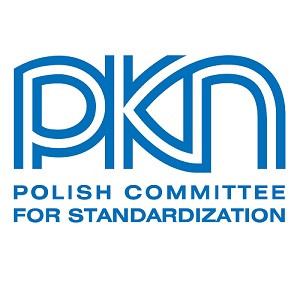This document defines the methodology for measuring under standard and reproducible conditions the dustiness of bulk materials containing or releasing respirable nano-objects, their aggregates and NOAA agglomerates or other respirable particles using the small rotating drum method. This document specifies the selection of instruments and devices as well as the procedures for calculating and presenting the results. It also provides guidance on data evaluation and reporting. The methodology described in this document allows: a) measurement of the dustiness mass index for the respirable fraction, b) measurement of the numerical index of dustiness of particles in the size range from about 10 nm to about 1 µm, which are part of the respirable fraction, c) measurement of the initial numerical dust emission factor and the time to reach 50% of the total number of particles released during the test, d) measurement of the dimensional distribution of the particles released from the material in the size range from about 10 nm to about 10 µm, e) collection of fraction particles released from the material respirable for further observation and analysis using electron microscopy. NOTE 1 The particle size range described above is determined on the equipment used in pre-normative tests [8]. This document is applicable to a wide range of bulk materials, including powders, granules or pellets containing or releasing respirable nano-objects, their agglomerates and aggregates NOAA or other respirable particles in unbound, bound, uncoated and coated form. NOTE 2 Currently no dust classification system has been established for the number of particulate matter released from the material or the emission factor. The ultimate intention is to revise this document and introduce a dust classification system as soon as a sufficiently large amount of measurement data is obtained. NOTE 3 The small rotating drum method has been used to test the dustiness of a number of materials, including oxide nanoparticles, nanoflakes, organically modified clays, clay, carbon black, graphite, carbon nanotubes, organic pigments, and active pharmaceutical ingredients. This method allows the testing of a wide variety of materials that may contain nanomaterials as the main component.



